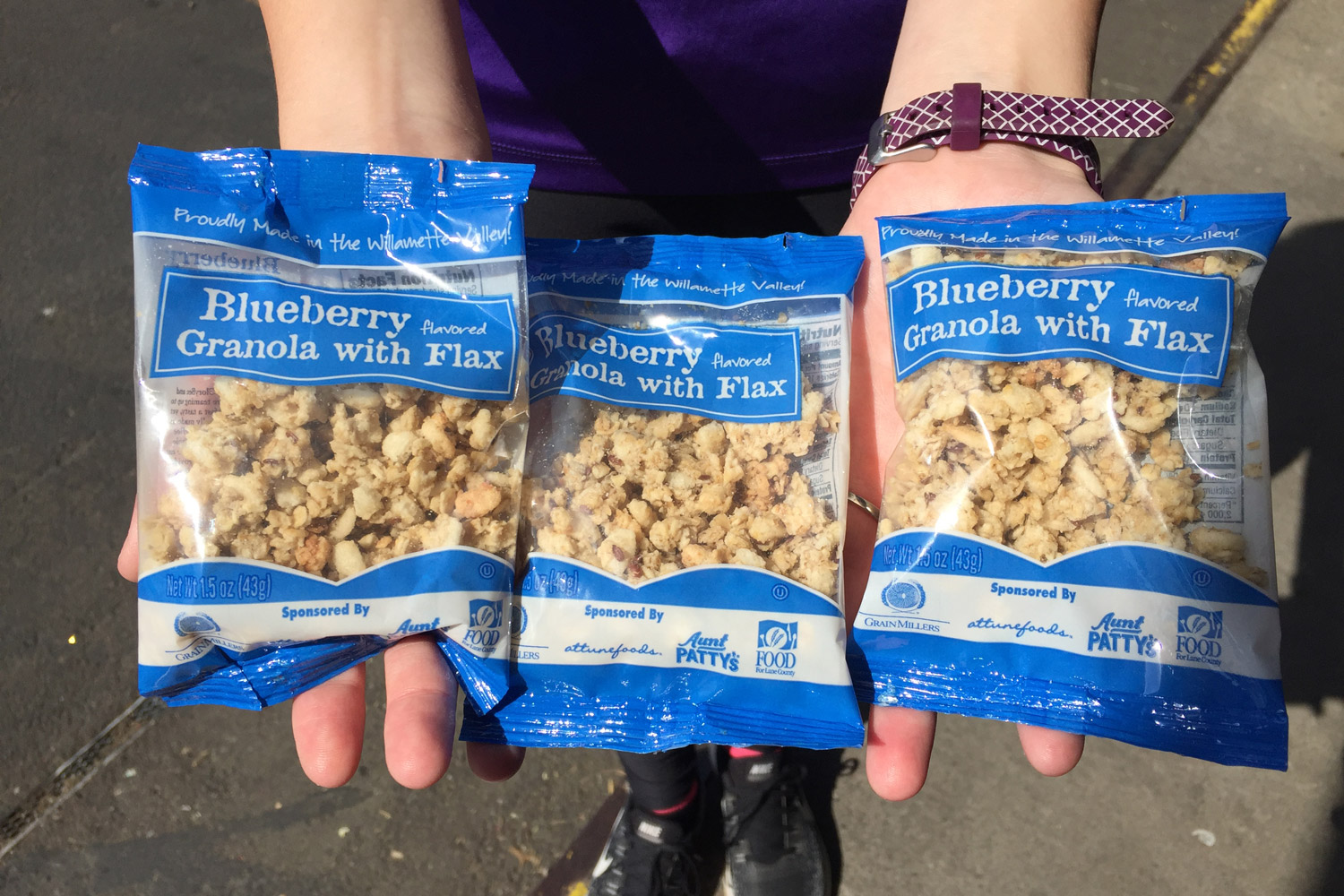Summer is the high season for Karen Roth, child nutrition programs manager with FOOD for Lane County.
“We have such a need,” Roth says. “Fifty-three percent of Lane County’s children and youth are eligible for the National School Lunch Program.”
For a lot of kids in our communities, summer means going hungry.
“There are many children in the county who depend on the school-year program, deriving up to 75 percent of their daily nutrition from the school based meals,” Roth says. “It’s hard to imagine what it feels like for those kids when school closes for the summer.”
The Summer Food Program (SFP) is one of the handful of Child Nutrition Programs (CNP) run by the U.S. Department of Agriculture. Similar to the National School Lunch Program (NSLP), it’s reimbursement-based, with FOOD for Lane County receiving one reimbursement per child served per day.
“FOOD for Lane County’s SFP program runs all ‘open’ sites, meaning that we qualify the area, not the child,” Roth says. “That means that children don’t have to rely on any adult to fill out paperwork, nor do they have to worry if they ‘qualify.’”
The SFP program is open to all children and youth ages 18 and younger.
“We don’t serve infants, and for ‘wobblers’ two and under we need to make sure there is a responsible adult there with the child,” Roth says. “Other than that, it’s first come, first served. No reservations, no paperwork.”
In the 18 years that Roth’s been managing the SFP program, she says that the number of summer free lunch sites for children have ranged from 37 to 67 sites around the county.
“This year, it’s going to be somewhere around 50-58 sites,” Roth says. “The highest number [of meals] we’ve served in a summer was 133,458 in 44 days.”
In a little over a month, this nonprofit organization served tens of thousands of healthy, nutritious meals. “We serve anywhere from 1,500 to 3,000 kids a day,” Roth says.
“As in the other supplemental food programs we run, including the emergency food box pantries, the money the families save by utilizing these programs can help cover gaps,” Roth says. “So, if you can save, say, two dollars, five days a week, by your child participating in the SFP, that $10 savings can help to cover meals when the program is not running.”
Many children receive free breakfast in school. But what about summer?
“We do serve breakfast at sites where we know the kids are going to show up. We have learned that kids will not get up out of bed to go to breakfast at park sites so we concentrate on placing the breakfasts sites at summer schools — someplace where they have to be,” Roth says.
Enlarge

Photo: Denise Wendt
Another program, Cereal for Youth (CFY), distributes free, individually sized packages of cereal through CFY partner agencies located at schools, child programs at affordable housing complexes and youth activities.
The donor-based program is sponsored through partnerships with Attune Foods, Glory Bee and Grain Millers.
“But the SFP relies solely on USDA reimbursement, and in the state of Oregon, is administered by the Oregon Department of Education,” Roth says. “We do not use any product donated to the food bank, with the exception of CFY, which we hand out if we run out of meals.”
The USDA allows FOOD for Lane County to accept money donations to the program, but they don’t solicit for the Summer Nutrition program because of high demand for funding from FOOD for Lane County’s other programs which don’t receive USDA dollars, Roth says.
“The program, along with the National School Lunch Programs and all the other Child Nutrition Programs, are extremely vulnerable under this administration,” Roth says. “There are people in the country who don’t feel that they should be paying for other people’s children through their tax dollars — just as other people don’t like their tax dollars funding wars,” she notes. “This is an extremely unfortunate sentiment as the children of today are the taxpayers of tomorrow.”
It’s not just about calories, Roth notes. It’s about brain development and health.
“Since the cognitive development of a child is the last part of the body to get nutrients, not providing these kids with the meals they so badly need is a road to disaster, not only for the child/adult, but for the country,” Roth says.
For more information about Child Nutrition Programs, as well as a complete list of Summer 2017 free lunch distribution sites, please visit foodforlanecounty.org. This is the first in a three-part series on how local nonprofits are helping neighbors cope with food insecurity issues.
